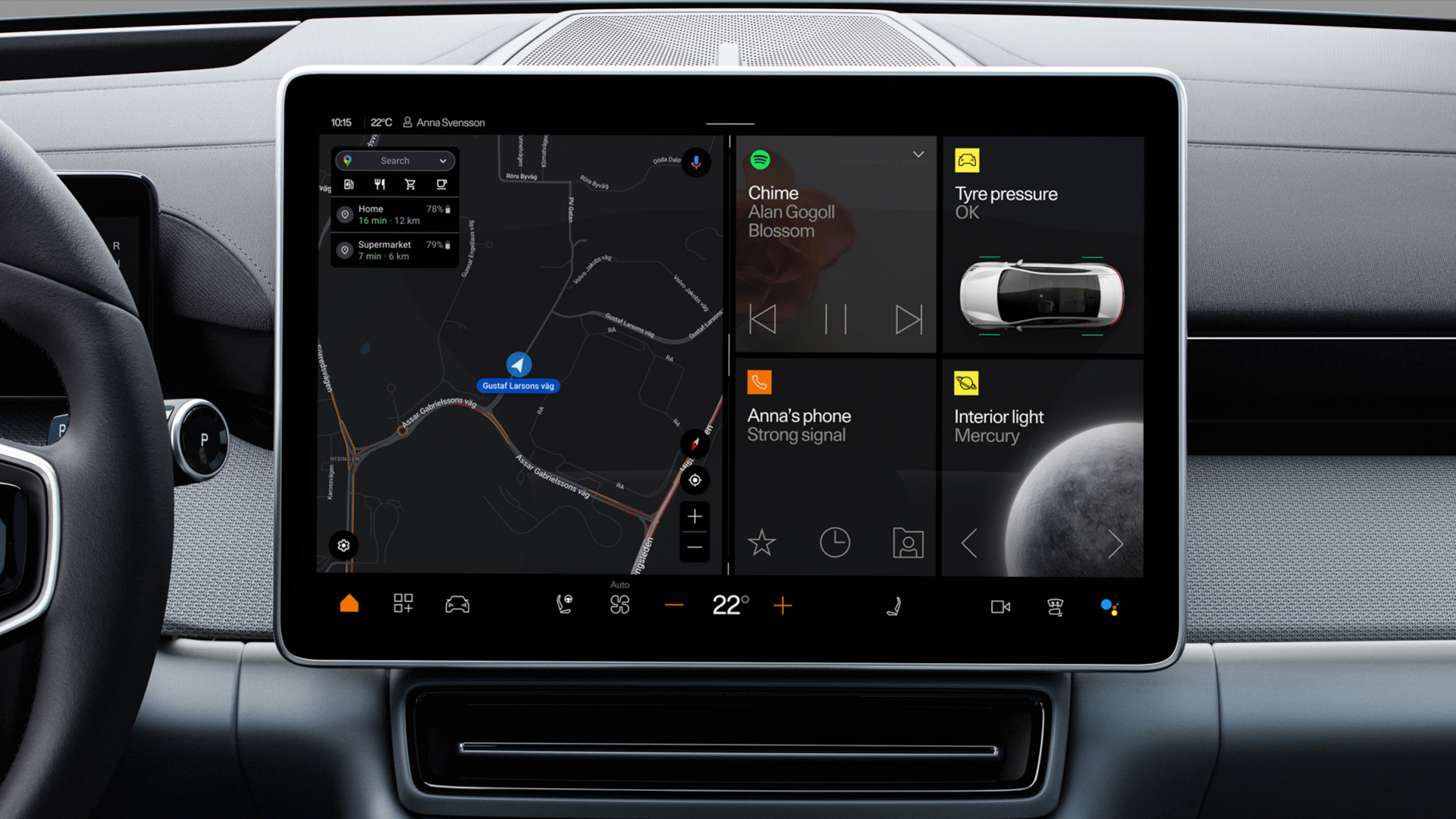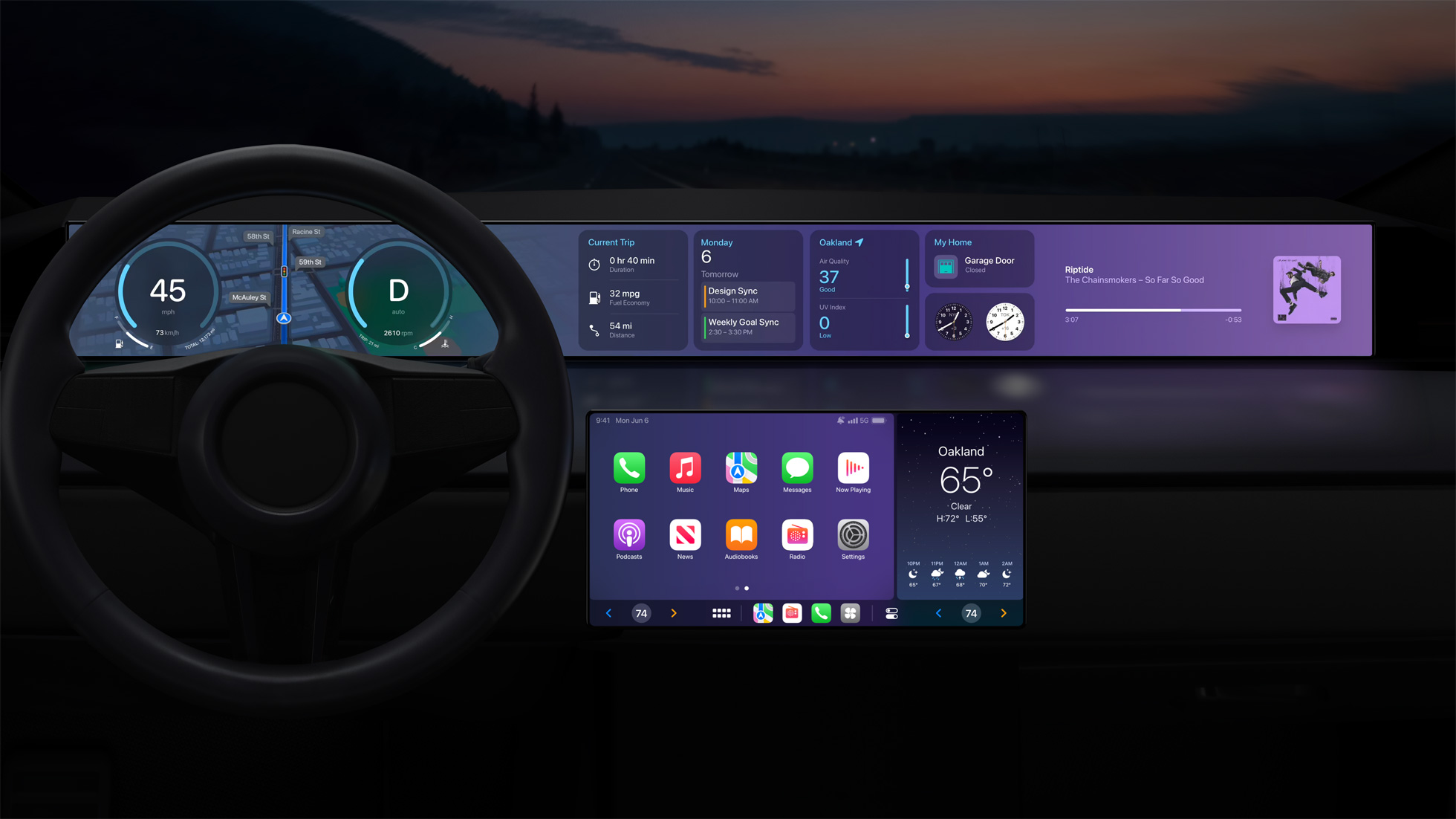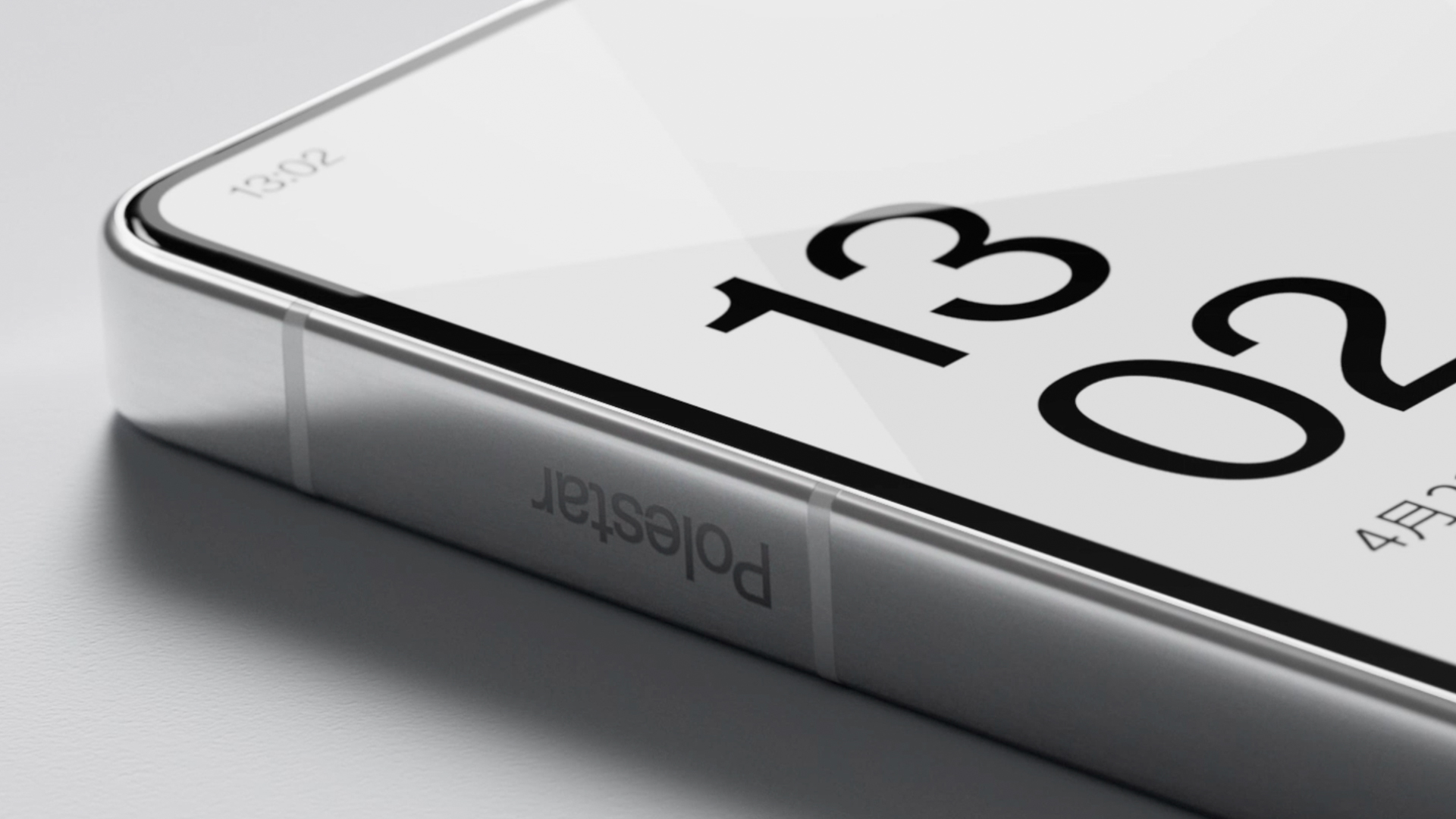Get ready for a world where your phone and EV converge
Automotive tech expert explains where car infotainment and connectivity is headed


The relationship between our smartphones and our cars has never been more complicated.
Many drivers say they are happy to plug into a USB port and boot up Apple CarPlay or Android Auto, beaming the comfortably familiar environment of their phone onto the dashboard display. But ask the car manufacturers, and most of them want more. They don’t want to hand over all of that digital real estate to a smartphone system which they are effectively locked out of.
Instead, car companies want you to log into the car. That way, they have your data and they can sell or advertise to you on their terms, without your phone getting in the way. Apps like navigation and music streaming services can appear on both cars and phones; as long as you’re logged into the same account on both devices, they’ll be happy.
I’d wager that phone-first systems like CarPlay are still preferred by the majority of drivers, but ask the owner of a Polestar – which natively runs Google’s Android Automotive – or a Tesla – which insists you use its own system – and you’ll likely get a different answer. Drive these electric vehicles and, providing you log in and fully embrace them, you’ll see the benefits of a more tightly integrated system. One that leaves your smartphone at the door.

The future of carplay?
Or is there a third way? What if your phone and car work together? That’s the current target, according to Peter Cirino, chief operating officer of ECARX, a company whose automotive computing platform combines a car’s infotainment and autonomous driver assistance systems into one. ECARX’s customers include Polestar, Lotus and Volvo, plus a dozen others, and its tech is in over five million cars globally.
Cirino explained: “The trend that we see in China, in our main market, is that the phone becomes part of the vehicle … I think the place that we see the most power is when the phone becomes part of the vehicle system.”
Instead of taking over the system and replacing it, like Apple CarPlay, Cirino says a better approach is when the phone becomes "an integral part of the system.” For example, a phone could connect to the car’s driver-monitoring camera, normally used to check if the person behind the wheel is paying attention, and use it for a video call. “It’s run on the phone, but it’s using the hardware in the car,” he added.
Get all the latest news, reviews, deals and buying guides on gorgeous tech, home and active products from the T3 experts
Something ECARX does already is offer a system for downloading vehicle software updates to the phone, then transfers them to the car. So instead of only running this process when the car is in an area with good signal strength and a stable connection, the driver’s phone can grab the update whenever it’s connected to the internet, and transfer it to the car via a direct WiFi connection.

The pursuit of a one-digital-life environment
Cirino concedes that mirror-casting – the use of CarPlay or Android Auto – is a feature drivers flock to for convenience, but believes tighter integration between car and phone will make for a better user experience. “Everyone likes mirror-casting because it’s familiar and you’re in your environment. But I think the more you can get [the car and phone] integrated – the music app you use in the car is the same when you’re on the phone, or when you favourite something on your phone it’s favorited in the car, or the podcast you started on your phone at home if then ready to continue when you get in the car – the more we can get these kind of one-digital-life environments.”
It’s a compelling argument, and one that reminds me of Apple’s Continuity system, where actions initiated on, for example, an iPhone or iPad, can be picked up and continued on a Mac. But instead of a half-written email waiting to be finished, the car could pick up your music playlist from where you left off in the home, or have navigation instructions ready to go from an earlier map search on your phone. This isn’t groundbreaking, but it’s the sort of convenience we’re told today’s connected car buyers want.
But, like how the smart home industry relies on interoperability and cooperation between a huge number of manufacturers and service providers, getting everything to play nicely together isn’t the work of a moment. Cirino adds: “If you can bring those three parties together – the [connected] system owner, the vehicle manufacturer and the cellphone manufacturer – and create one system, there’s just so much power. I hope that’s the trend, I hope that will continue.”
A future trend just starting to emerge is that of car manufacturers producing their own phones. When I spoke to Cirino earlier in the year he alluded to one company doing exactly that, and since then we’ve seen Polestar offer its own phone in China (although technically it’s a Meizu 21 Pro handset with Polestar branding). The integration between phone and car in that example doesn’t run particularly deep, at least for now, but a little imagination indicates a future where our cars, phones and homes operate as one.
Tech fatigue
As cars gain more and more tech, is there a concern that consumers will become tired of the smartphone-style interfaces of modern cars? There are already signs of car companies pulling back from the all-touchscreen approach and reinstating physical buttons after consumer backlash.
Cirino says there’s a balance to be struck. “I think we need to make these technologies work more easily, and figure out how a car that doesn’t have many buttons or switches anymore, and is all digital, how to make that easy and apparent to the user, and that’s easy to engage with, where they can naturally look at the screen and, if it’s the climate control, they know where to go. That’s one challenge that the industry is dealing with.”
Despite conceding that today’s infotainment systems can seem daunting to the unfamiliar, Cirino still believes the industry will continue to head in the direction of touchscreen-first simplicity. He likens button-heavy car dashboards to mobile phones with physical keyboards, and how when the keyboard was turned digital the door was opened for an entirely new interface – and, crucially, an interface consumers eventually all learnt how to use. It’s a sound argument, but one that skips over the frequent need to operate vehicle systems without looking and, while we are indeed very familiar with smartphone interfaces, their complexity makes them illegal to use while driving.
A natural home for AI
Safely navigating complex vehicle systems is, Cirino says, “a natural use case for AI. Not only more voice, but more effective voice [control].” He notes how today’s home voice assistants are only impressive when you “remember to say the right words in the right order,” and that AI will help car systems understand whether you say ‘please raise the temperature’ or ‘boy, it’s cold in here today’.
A smarter voice AI for quicker A/C control might not be the killer car app we’re all waiting for. But the idea of our cars, phones and digital lives merging seamlessly together is exciting. Although loved by many, it feels increasingly like Apple CarPlay and Android Auto are convenient stepping stones towards something more complete. ECARX, which is backed by the Chinese automotive giant Geely, isn’t alone, and rivals like Nvidia and Qualcomm are working just as hard to design the foundations onto which the car technologies of the future will be built.
It feels like we’re at a frustrating point in the evolution of the connected car, where nothing is quite finished and consumers aren’t sure what they want. With a bit of luck, and plenty of joined-up thinking, clarity will hopefully emerge and perhaps one day we’ll look at dashboards covered with buttons in the same way we look at a Blackberry with a keyboard.
Alistair is a freelance automotive and technology journalist. He has bylines on esteemed sites such as the BBC, Forbes, TechRadar, and of best of all, T3, where he covers topics ranging from classic cars and men's lifestyle, to smart home technology, phones, electric cars, autonomy, Swiss watches, and much more besides. He is an experienced journalist, writing news, features, interviews and product reviews. If that didn't make him busy enough, he is also the co-host of the AutoChat podcast.
